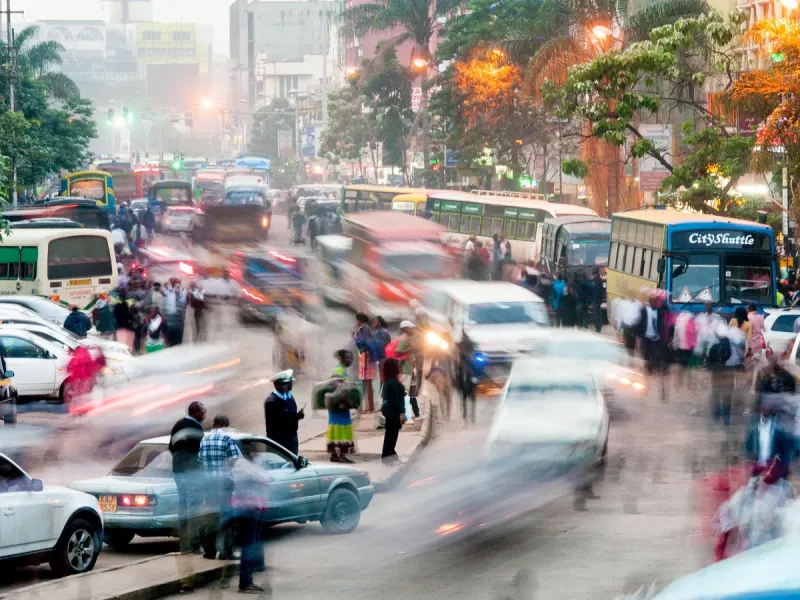The National Emergency Management Agency (NEMA) and the Nigeria Hydrological Services Agency (NIHSA) have announced the displacement of 100,000 Nigerians due to flooding. NEMA has said that 300 people have died, over 500 persons have been injured. Jigawa state alone has recorded 91 deaths in 2022.
NEMA also said that in 29 states, including the federal capital, people have experienced heavy flooding with more than 500,000 persons already affected. According to NEMA, displaced people are living either in temporary shelters including schools, or other public buildings.
NEMA and NIHSA say that operators of the Cameroon-based Lagdo Dam have commenced the release of excess water from the reservoir. The water from the dam will cascade into Nigeria through River Benue, affecting communities in Benue, Kogi, Nasarawa, Kebbi, Niger, Taraba and Adamawa.
On September 8, NIHSA had announced that the agency is in close contact with the Cameroonian authorities with regard to flood scenarios in the upper catchment of the sub-basin. The agency’s director general, Engr. Clement Nze, had said that spillage of water from Lagdo dam can only take place once the reservoir level approaches 216m.
Can it get any worse?
Yes, it can. NIHSA has reported that Kainji and Jebba dams have started spilling excess water from their dams, with Shiroro dam, expected to shed excess water by October. This means that residents in Niger, Kwara are likely to be even more affected, with Nigeria expected to still be experiencing heavy rainfalls by October.
What can be done?
Ahmed Mustapha Habib, the director general, NEMA has advised states to protect citizens from potential flooding.
“I want to advise all the governments of the frontline states to move away communities at risk of inundation, identify safe higher grounds for evacuation of persons and preposition adequate stockpiles of food and non-food items,” he says.
NIHSA had also previously shared action steps that could help reduce the impact of flooding in affected states; Provision of refuse dumping facilities in communities Clearing of blocked drainage systems Effective and efficient operational procedure for dams and reservoirs and maintenance of other hydraulic and water infrastructure across the country. Constantly freeing the waterways from obstructions, removal of refuse, weeds water hyacinths and floats on water channels.
What you should know
This year’s flooding has the highest death toll since the 2012 flooding, according to NEMA. In 2012, there was flooding in Kogi and Benue states, due to two reasons – local heavy rainfalls and the release of excess water from Cameroon’s Lagdo dam. The floods killed over 430 people and displaced 566, 466 people.




